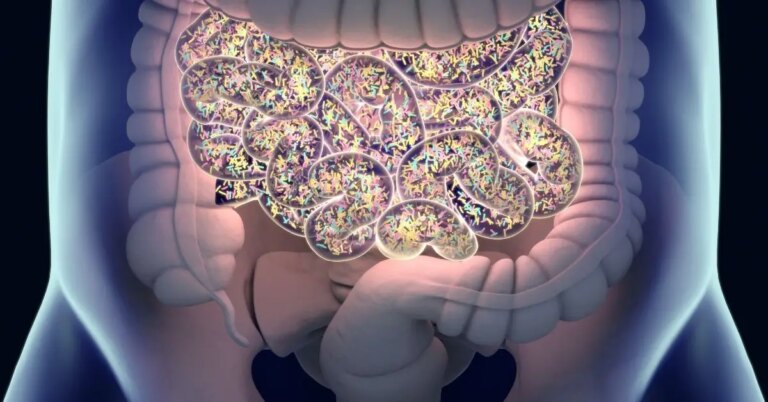The “gluten-free” trend has become so popular over recent years that in almost every food establishment, you can find a gluten-free option. Eating gluten-free is a diet that many adopt for specific health reasons, others for potential weight loss, and others simply because they feel better when they remove gluten from their diet. Eating gluten-free doesn’t always mean healthier, however. Many companies advertise food this way to market their food as “healthier,” but many gluten-free products have little to no nutritional value while many gluten-filled products or grains are very nutritious. It is important to be aware of all types of “gluten-free grain” substitutes as well so that you can make healthy, well-educated decisions.
What is Gluten
The Whole Grains Councils defines gluten as “a protein found in wheat, rye, barley, and triticale, a cross between wheat and rye. Gluten helps foods to maintain their shape, acting as a glue that holds food together” (1).
When someone has an intolerance to gluten it means that they have difficulty digesting it. This can result in constipation, gas, diarrhea, pain in the abdomen, nausea, and vomiting. One to two percent of the population has celiac disease. This is the complete inability to process or digest gluten, with inflammation resulting in damage to the small bowel while another 1-6% of the population suffers from only an intolerance. Those who cannot consume gluten must stick to a careful diet. They have to make sure any grains they eat are gluten free. So, whether you are one of those who suffers from, or you are just curious about the different grains, let’s take a look at some gluten-free, but also nutritious alternatives.
Top 7 Gluten-Free Grains
- Amaranth: Amaranth is a gluten-free grain that provides digestive benefits and is a great resource in building healthy bones. It also contains protein, fiber, manganese, magnesium, phosphorus, and iron.
- Brown Rice: Brown Rice is a healthy heart promoter. It is also a great source of manganese and can help lower cholesterol.
- Buckwheat: Buckwheat is nutrient dense and full of powerful antioxidants.
- Millet: Millet’s fiber content and low glycemic index help the body to stay regulated and maintain healthy normal blood sugar levels.
- Oats: There is often a controversy when it comes to oats, whether they truly are gluten-free or not. The oat itself is gluten-free, the problem comes from the fact that oats are often grown in close proximity to other gluten-filled wheat products. Oats that are grown in these locations pose the risk of being contaminated. Look for containers that specifically advertise gluten-free.
- Quinoa: Recently quinoa has become very popular; this is because of its gluten-free status. Quinoa is also a great source of protein, antioxidants, vitamins, and minerals. And it tastes great with everything.
- Teff: Teff is a less common grain that is gluten-free. Even though it is not as popular as some of the others ones mentioned, it can work wonders for your body. Teff aids in circulation as well as weight loss.
Grains that contain gluten in them (wheat, rye, barley), although healthy for a normal body, can cause major problems for those who suffer from gluten intolerances. For those with no intolerance, however, there are many benefits to eating gluten-filled grains such as lowered risk of stroke, type 2 diabetes, heart disease, asthma, colorectal cancer, other inflammatory diseases, and gum disease. So if you don’t have a problem with digesting gluten, then most likely you have no need to avoid them.
Conclusion
There are many things to consider when thinking about switching to a gluten-free diet. At the end of the day, there are pros and cons to both sides. The best option is to do what is better for your body. If you aren’t sure, try it out for a month or so, see how it makes you feel. Often times it is also the quality of grain that causes a problem. Always make sure that you are finding alternative grains that are healthy and have great nutritional benefits.
References
- https://celiac.org/live-gluten-free/glutenfreediet/what-is-gluten/#iTEddB5cEWiy9Jhg.99




















